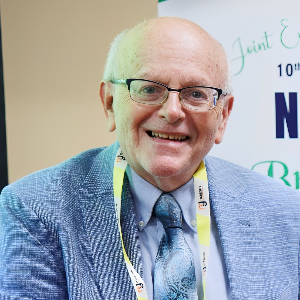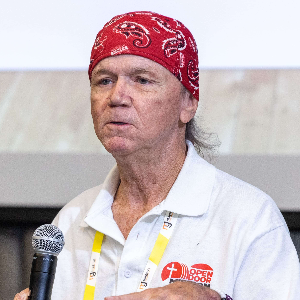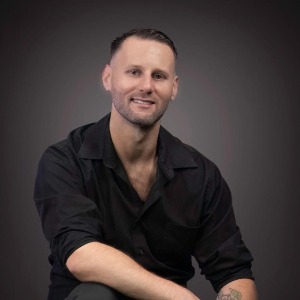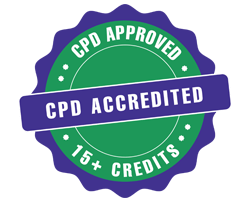E-Cigarette Addiction
The nicotine in tobacco products, including e-cigarettes, can also prepare the teen brain for cocaine addiction. Youth and young adults who use e-cigarettes are also more likely to use other tobacco products including traditional cigarettes, cigars, pipes, and tobacco products. An e-cigarette is a device that mimics tobacco use while emitting smoke that is less toxic and contains fewer toxins overall. It is made of an evaporator, a battery or other form of power source, and a cartridge or other type of container. The sizes and forms of e-cigarettes vary widely. The majority feature a heating element, a battery, and a container for a beverage. By heating a liquid that often includes nicotine—the addictive substance found in a traditional cigarette, cigar, as well as other recreational drugs, and other compounds that contribute to the aerosol's creation, e-cigarettes create an aerosol. This aerosol is breathed in by users. Whenever the user breathes into the air, bystanders might also inhale this aerosol. There are several names for e-cigarettes. E-cigs, e-hookahs, mods, vape pens, vapes, tank systems, and electronic nicotine delivery devices (ENDS) are some of the other names for them. Some electronic cigarettes are designed to resemble real cigarettes, cigars, and pipes. Others resemble USB devices, pens, and other commonplace objects. larger apparatuses, including tank systems, the person using it breathes in vapour, not smoke. Thus, having used an e-cigarette is sometimes referred to as "vaping". E-liquid, a liquid solution, is atomized by the atomizer, a heating device. E-cigarettes can be started by inhaling or by pushing a button. Some of them resemble conventional cigarettes, and the majority of them are reusable.

Nile Stanley
University of North Florida, United States
Ann Marie Leonard Zabel
Curry College, United States
Edie Raether
NeuroShifts and Wings for Wishes Academy, United States
John Michael Weber
Open Door Mission in Houston Texas, United States
Owonaro Peter
Bayelsa State Drug Avuse Addiction Prevention and Rehabilitation Committee (BADAPARC), Nigeria
Sindu Padmanabhan
Bharathiar University, India




Title : Integrating bibliopoetry therapy and digital health technologies for inflammation management: A neuropsychosomatic perspective
Nile Stanley, University of North Florida, United States
Title : Evaluation of prevalence and pattern of tobacco use in yenagoa city in bayelsa state south of nigeria
Owonaro Peter, Bayelsa State Drug Avuse Addiction Prevention and Rehabilitation Committee (BADAPARC), Nigeria
Title : Engaging learners through gamification, creativity, and human-centered design
Tero Moliis, Versantium, United States
Title : Neuropharmacological and regulatory drivers of tianeptine misuse in the united states: A growing public health concern
Darcy Tocci, NSU College of Pharmacy, United States
Title : Awakening sovereignty within: Healing trauma, releasing codependency, and returning to self-trust
Whitney Walker, Mental Health Therapist/ Podcast Host, United States
Title : You can save a life: Real conversations, real solutions for suicide prevention
frank King, The Mental Health Comedian, LLC, United States